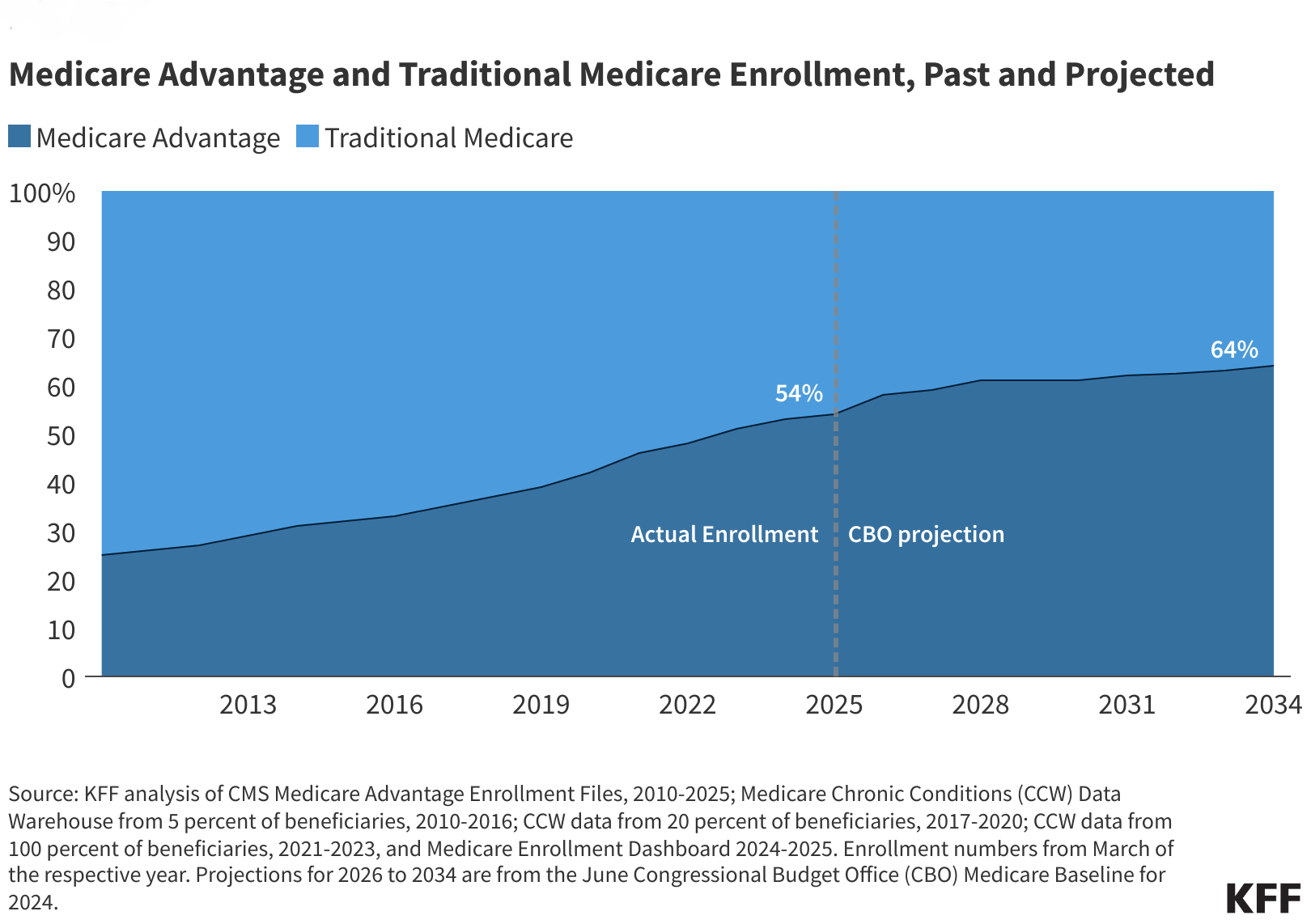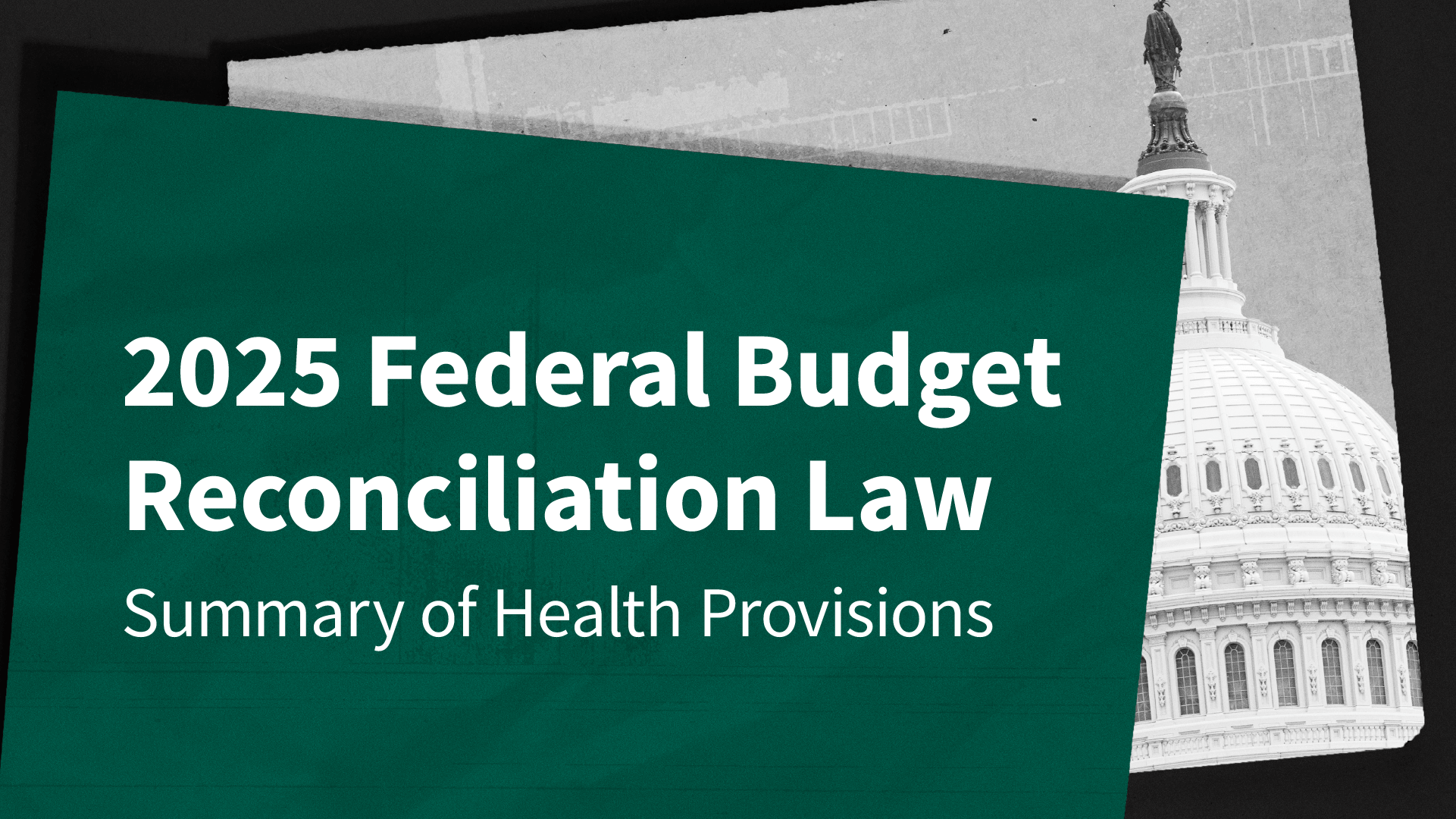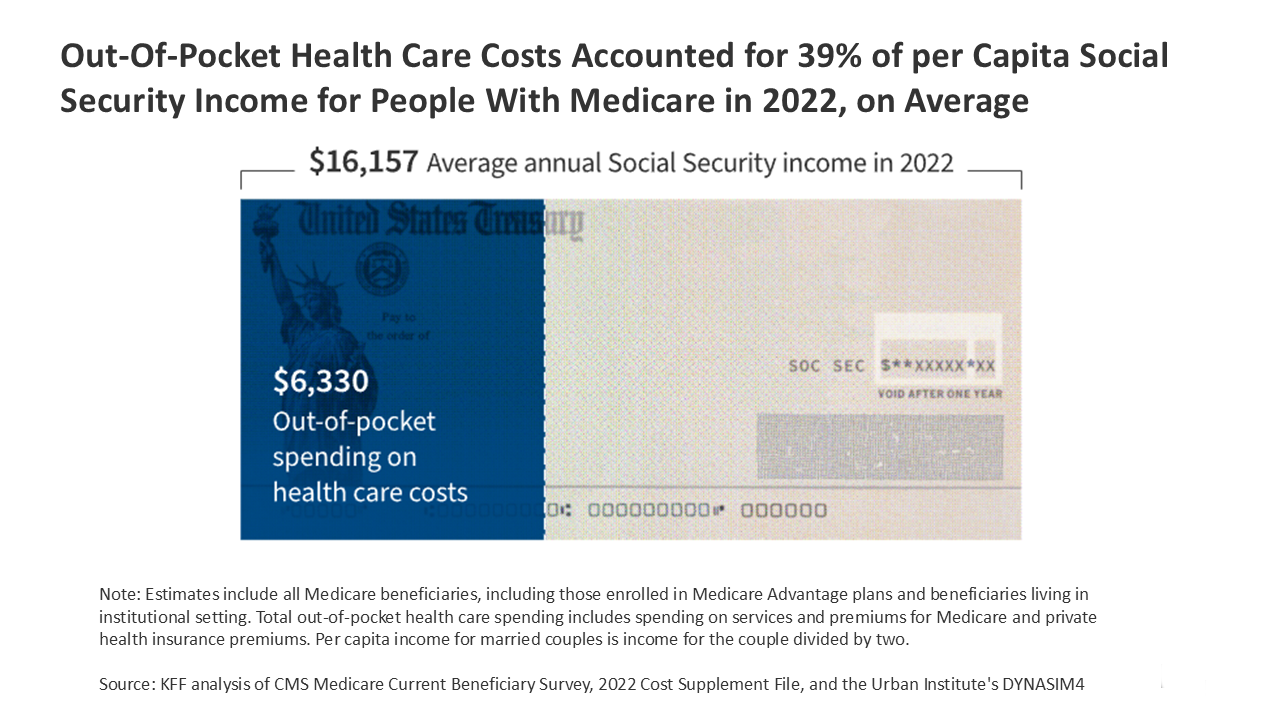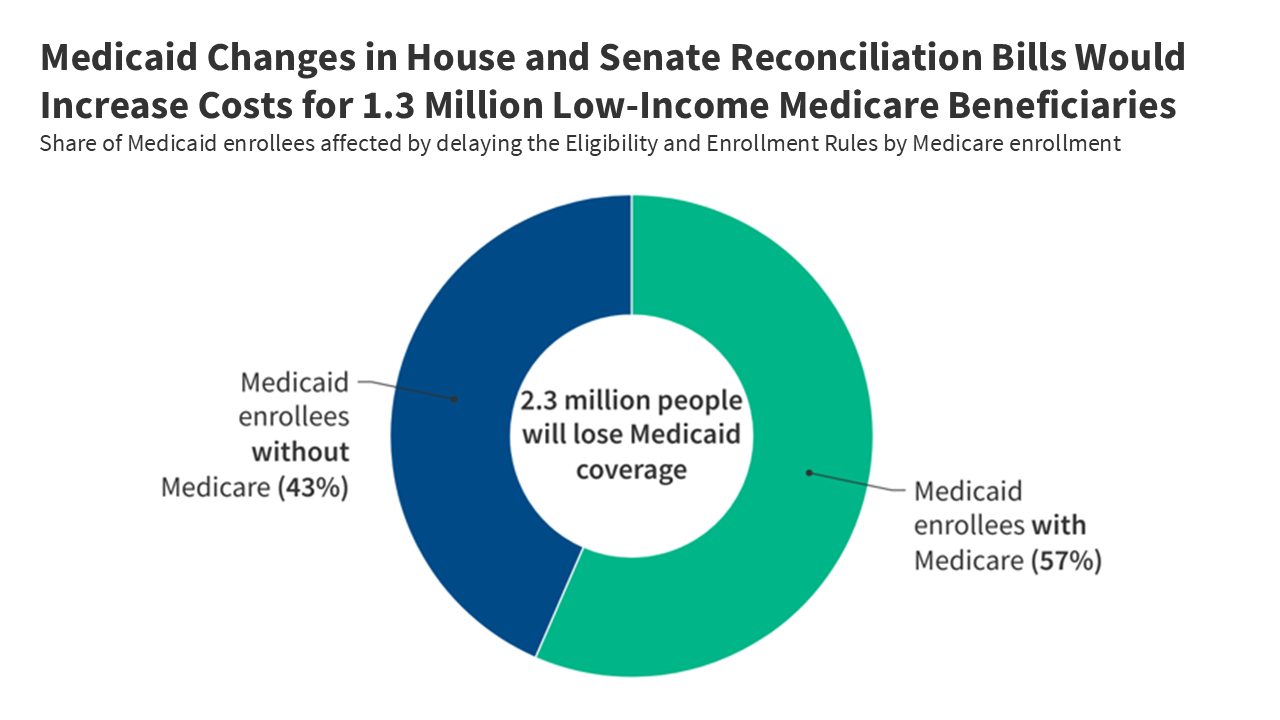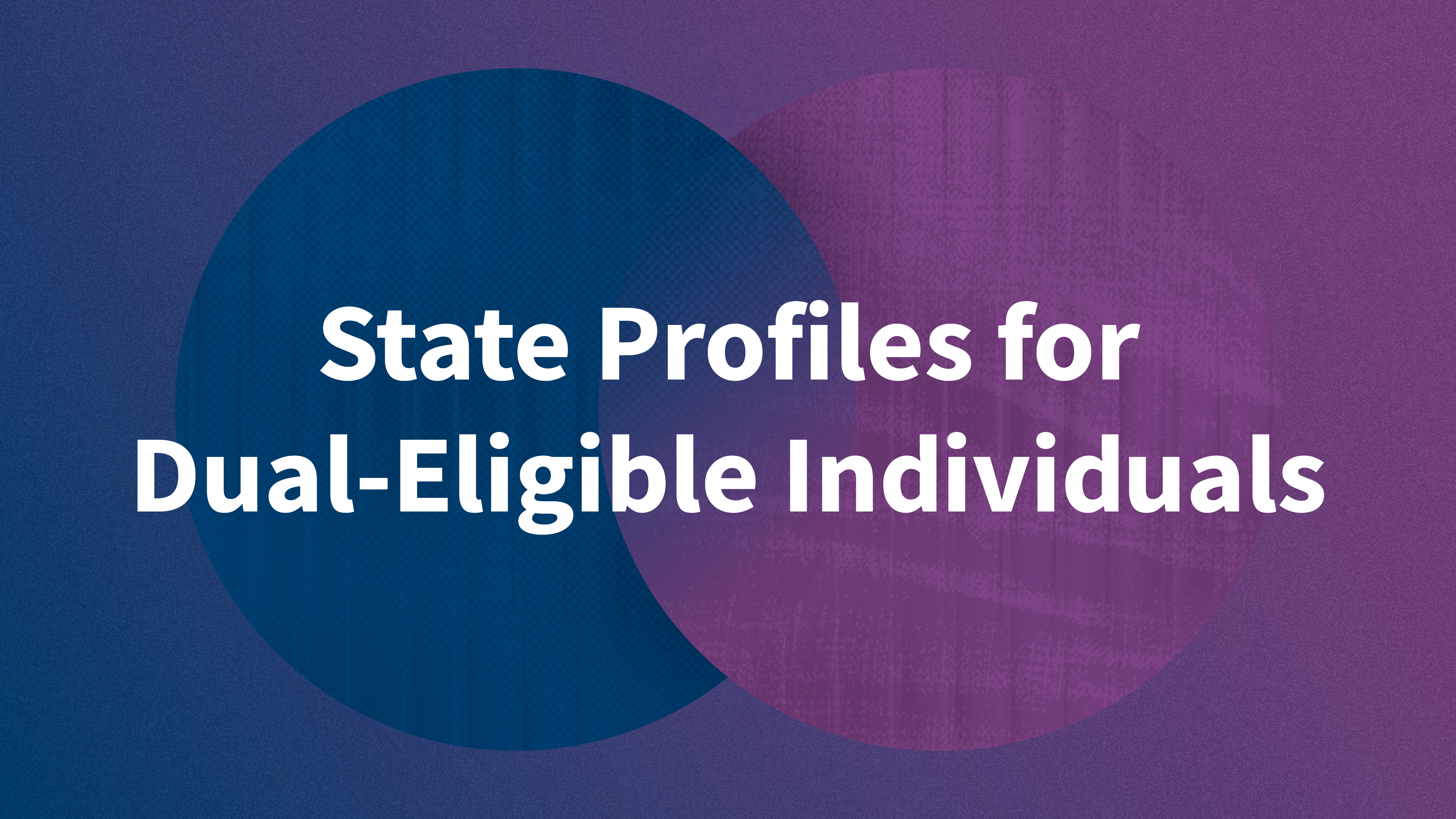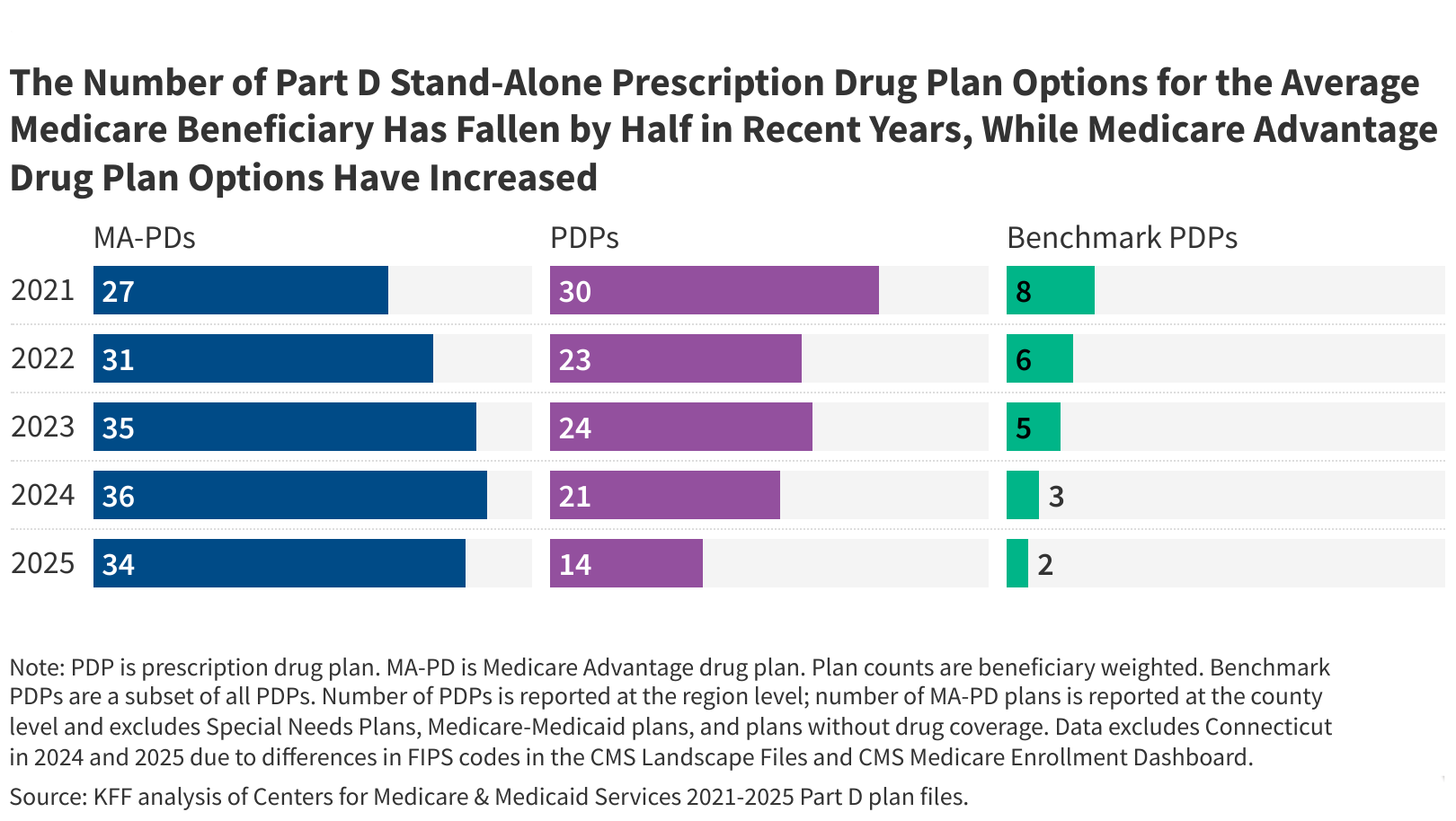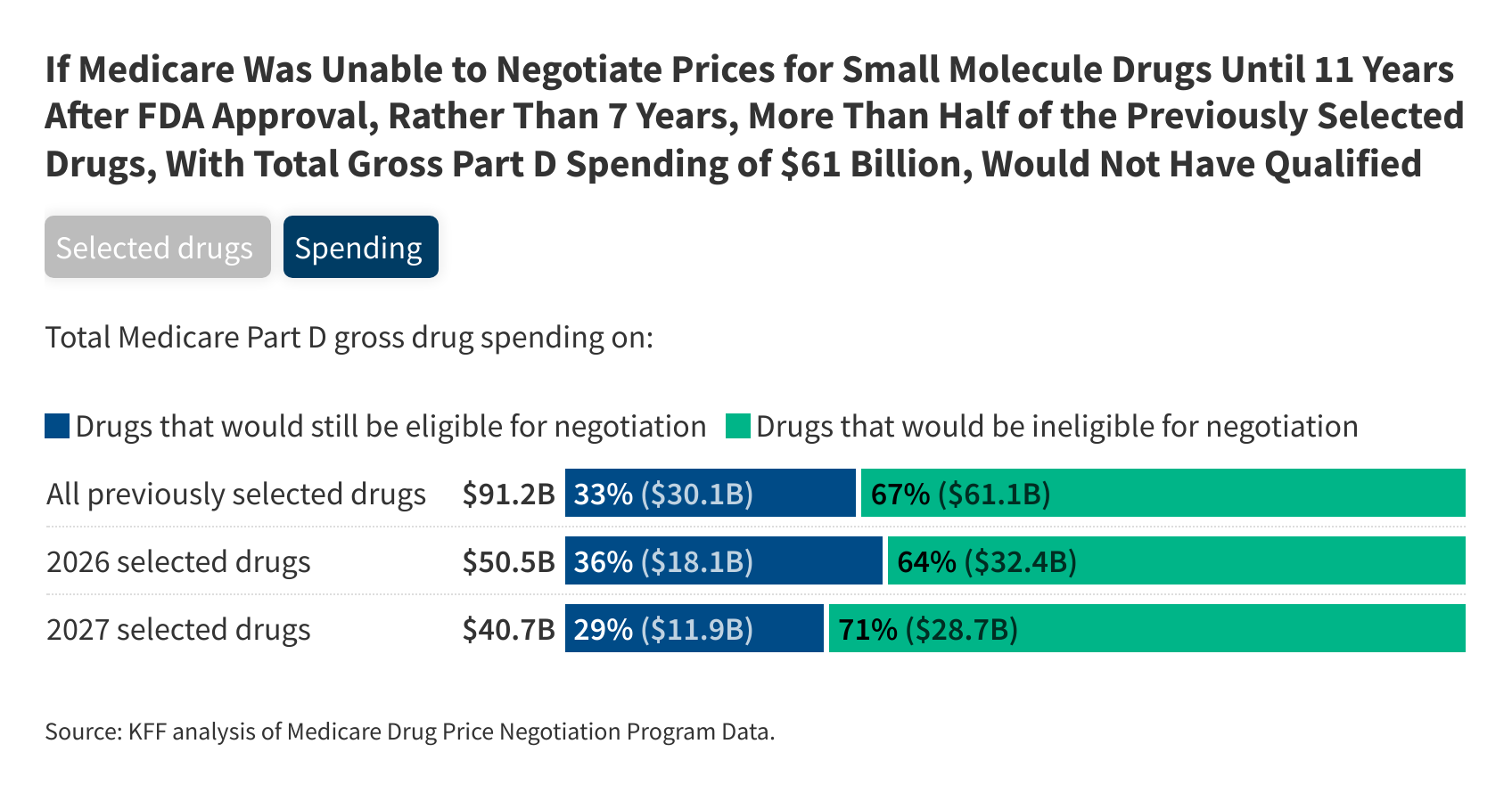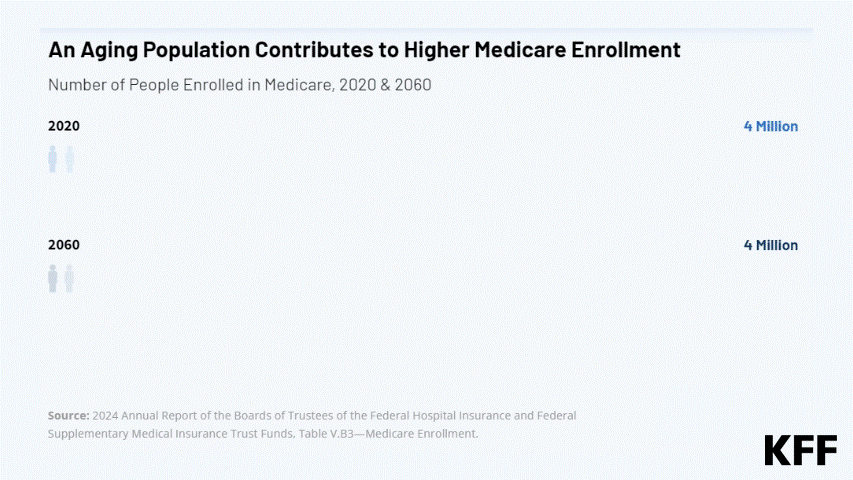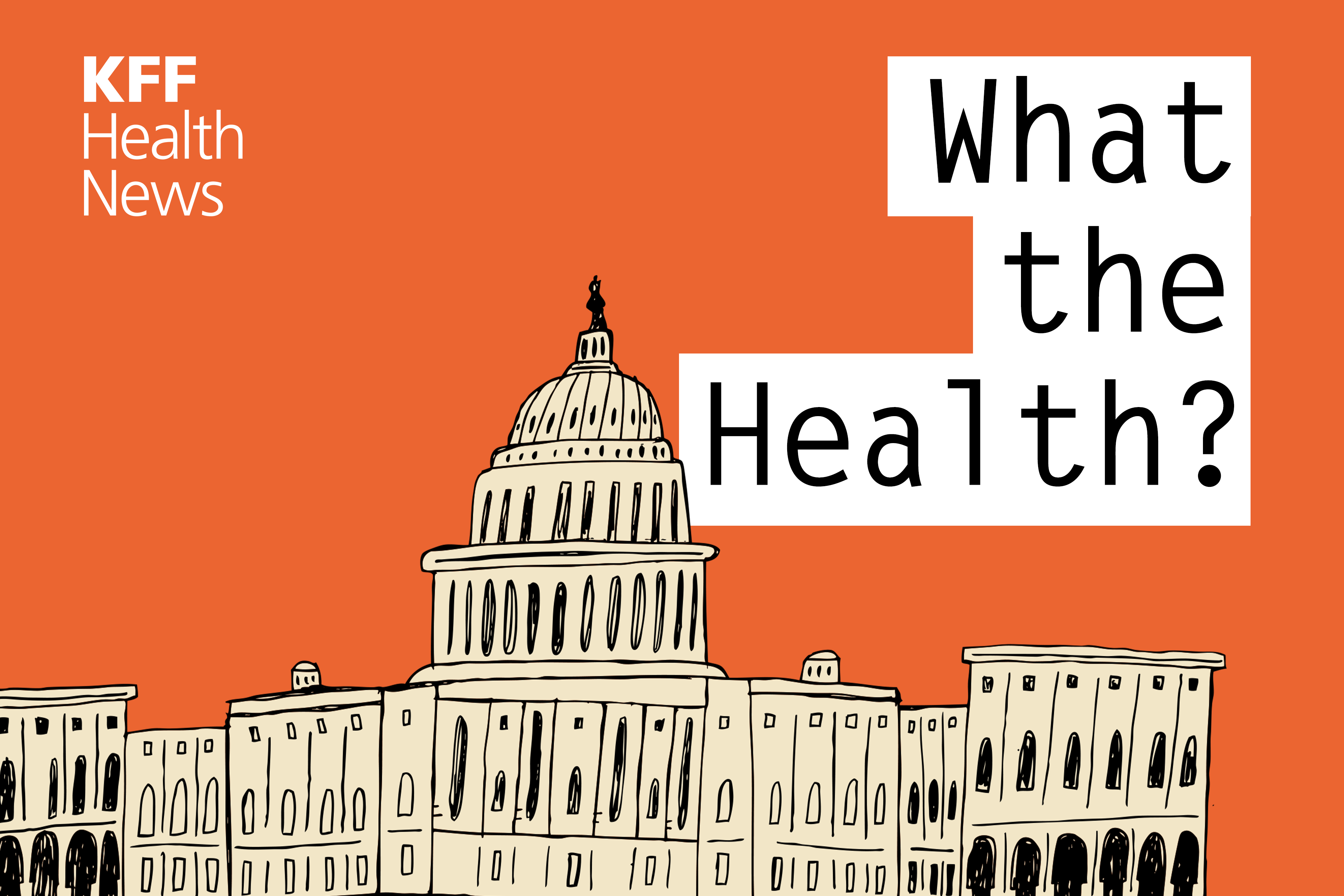Demonstrations to Improve the Coordination of Medicare and Medicaid for Dually Eligible Beneficiaries: What Prior Experience Did Health Plans and States Have with Capitated Arrangements?
This report examines the Center for Medicare and Medicaid Services (CMS) financial alignment demonstration for beneficiaries dually eligible for Medicare and Medicaid, with a focus on the extent to which participating states and health plans have prior experience with capitated managed care arrangements under Medicare or Medicaid, and specifically for this population. Under these capitated financial alignment demonstrations, health plans contract with the state and CMS (a three-way contract) to provide both Medicare and Medicaid benefits to dually eligible beneficiaries. These demonstrations aim to improve the quality of care and the coordination of benefits for people dually eligible for Medicare and Medicaid. The report finds considerable variation in the experience of states and health plans participating in these demonstrations, and discusses the potential implications for beneficiaries and plan oversight.

